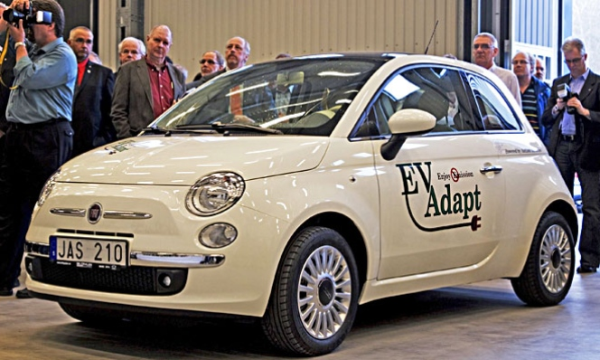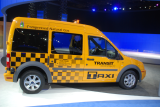Ford Motor Company hasn’t gone as far as saying it’s giving up as a car company and is now in the “mobility” business, but its recent political alliances, software acquisitions and non-automotive initiatives make it clear that the company is fully committed to hedging its bets as the auto industry may be teetering on the brink of some major changes. The statistics are daunting. Millenials are not buying cars like their older siblings or parents–and some don’t seem to feel the need for even having a driver’s license. Software is a fast-moving but lucrative business, the polar opposite of the old-school car industry. Environmental pressures are raising costs and similarly putting stress on any company committed to the traditional business of mass-producing private automobiles.
Ford CEO Mark Fields has made it very clear during the past year that his company would continue to focus on producing automobiles, but at the same time would aggressively pursue emobility services such as autonomous cars, car sharing and other non-automotive avenues. He reinforced that at San Francisco City Hall in September 2016, announcing Ford was teaming up with San Francisco and other cities around the globe to tackle congestion working with start-ups that will be operating in-house at Ford as well as outside companies. The announcement is a logical result of the explosive growth of Ford’s Silicon Valley lab.
“We’re expanding our business to be both an auto and a mobility company,” said Fields at the announcement. “We want to work with communities to offer even mroe transportation choices and solutions for people–for decades to come.”
To that end Ford has created Ford Smart Mobility LLC, a subsidiary that will design, build, grow and invest in emerging mobility services. One component of the new entity will be the just-acquired Chariot, a SF-based crowd-sourcd shuttle service that's been operating since 2014. It currently has almost 100 Ford Transit shuttle that cruise along 28 crowd-sourced routes in the San Francisco Bay Area. It's designed to fill the gap between taxi and bus services--providing an on-demand point-to-point transportation option that is convenient, efficient and cost-effective. According to a study conducted by KMPG for Ford, each dynamic shuttle placed in service during peak travel times could be the equivalent of taking 25 vehicles off the road.
The goal is to increase the number of shared bikes in the San Francisco Bay Area to 7,000 by the end of 2018. Next year Ford will launch GoBike, which will give access to the bike-sharing system to users of the FordPass platform.
Ford’s master plan is to establish an interconnected mobility network that includes real-time data such as weather conditions, usage patterns and bike availability.
FordPass users just got another feature to add to their app, which already includes mobility services, on-call guides, a loyalty program and a link to Ford Hubs, a physical storefront that showcases Ford technology. The latest feature gives FordPass users the ability to find, book and pay for parking at garages in more than 160 cities in the U.S., even before starting a trip. The FordPass app is free for Ford owners and non-owners alike.
Here’s a link to the video of Mark Fields making the announcements.
This article originally appeared in Clean Fleet Report.



 The enthusiast group Plug In America noted that U.S. sales of plug-in
The enthusiast group Plug In America noted that U.S. sales of plug-in 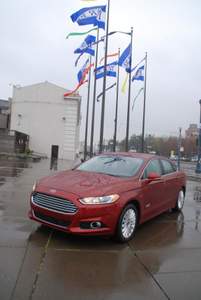

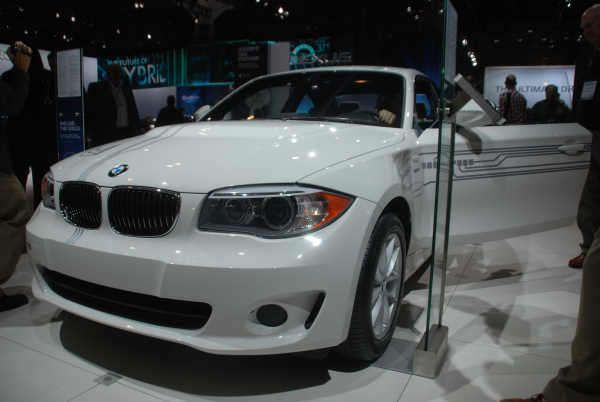
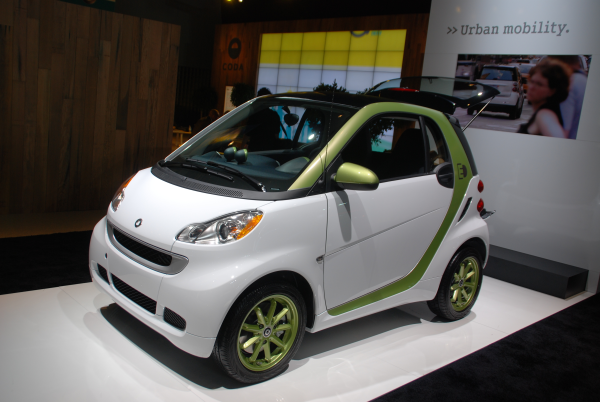
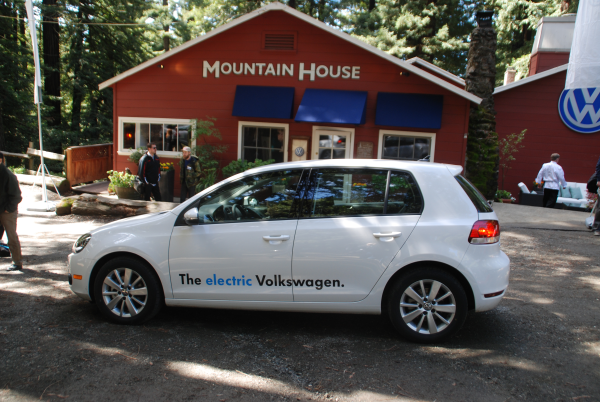
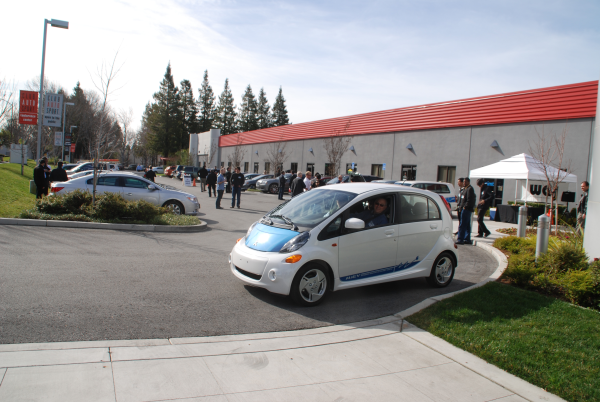

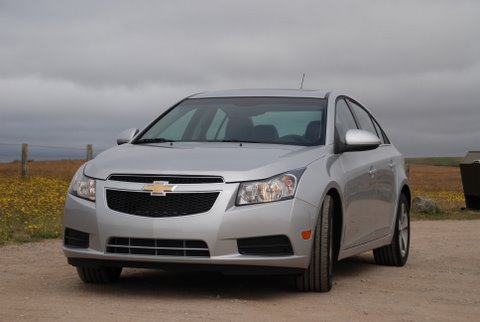 According to
According to 
